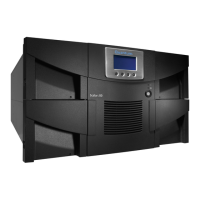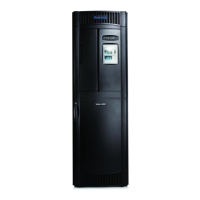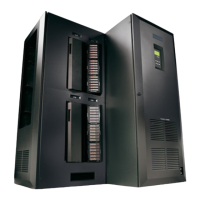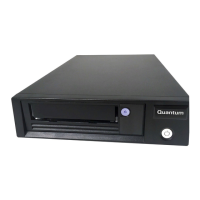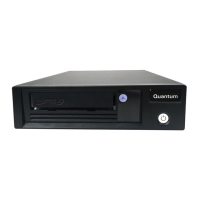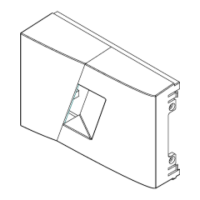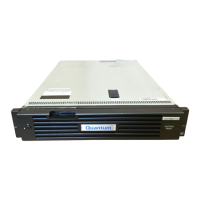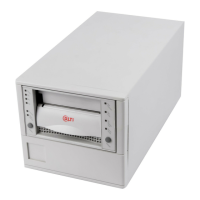Chapter 10 Getting Information – Logs and Reports
Viewing FC I/O Blade Port Information
Scalar i500 User’s Guide 280
• CCL— Command control LUN.
•
Status/State—The status of the blade can be: Ready, Not Ready, Auto
Level Failed, Auto Leveling Booting, and Unknown.
The paths to open the appropriate screens are as follows:
• From the Web client, select
Tools > I/O Blade Info.
• From the operator panel, select
Tools > Blade Info.
Viewing FC I/O Blade Port Information
Administrators can view information about all the FC I/O blades
installed in the library. The
Tools - Blade Port Information screen lists the
following port information for each FC I/O blade:
•
Port number — The port number: 1–6.
•
WWPN — World Wide Port Name of the port.
•
Status — The status of the blade: Config wait, Loop init, Login,
Ready, Lost Sync, Error, Re-Init, Non part, and Failed.
•
Actual Speed — Negotiated speed of the port: 1 Gb/s, 2 Gb/s, or
4 Gb/s. If the port is not in a ready state, “N/A” displays.
•
Actual Loop ID — Negotiated loop ID of the port: 0–125. On the Web
client, if the port connection type is Point to Point, or if the port is not
in a ready state, “N/A” displays. On the operator panel, if the port is
not in a ready state, “N/A” displays.
•
Requested Speed — Requested speed of the port: Auto, 1 Gb/s,
2 Gb/s, 4 Gb/s, or 8 Gb/s (Web client only).
•
Requested Loop ID — Requested loop ID of the port: Auto or 0–125
(Web client only).
•
Framesize — Framesize setting of the port: 528, 1024, or 2048.
•
Mode — Mode of the port: Public or Private.
•
Role — Role of the port: Target (ports 1–2) or Initiator (ports 3–6).
•
Connection — Connection type of the port: Loop, Point to Point, or
Loop Preferred.
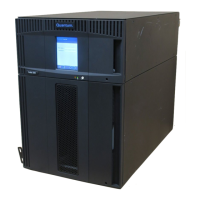
